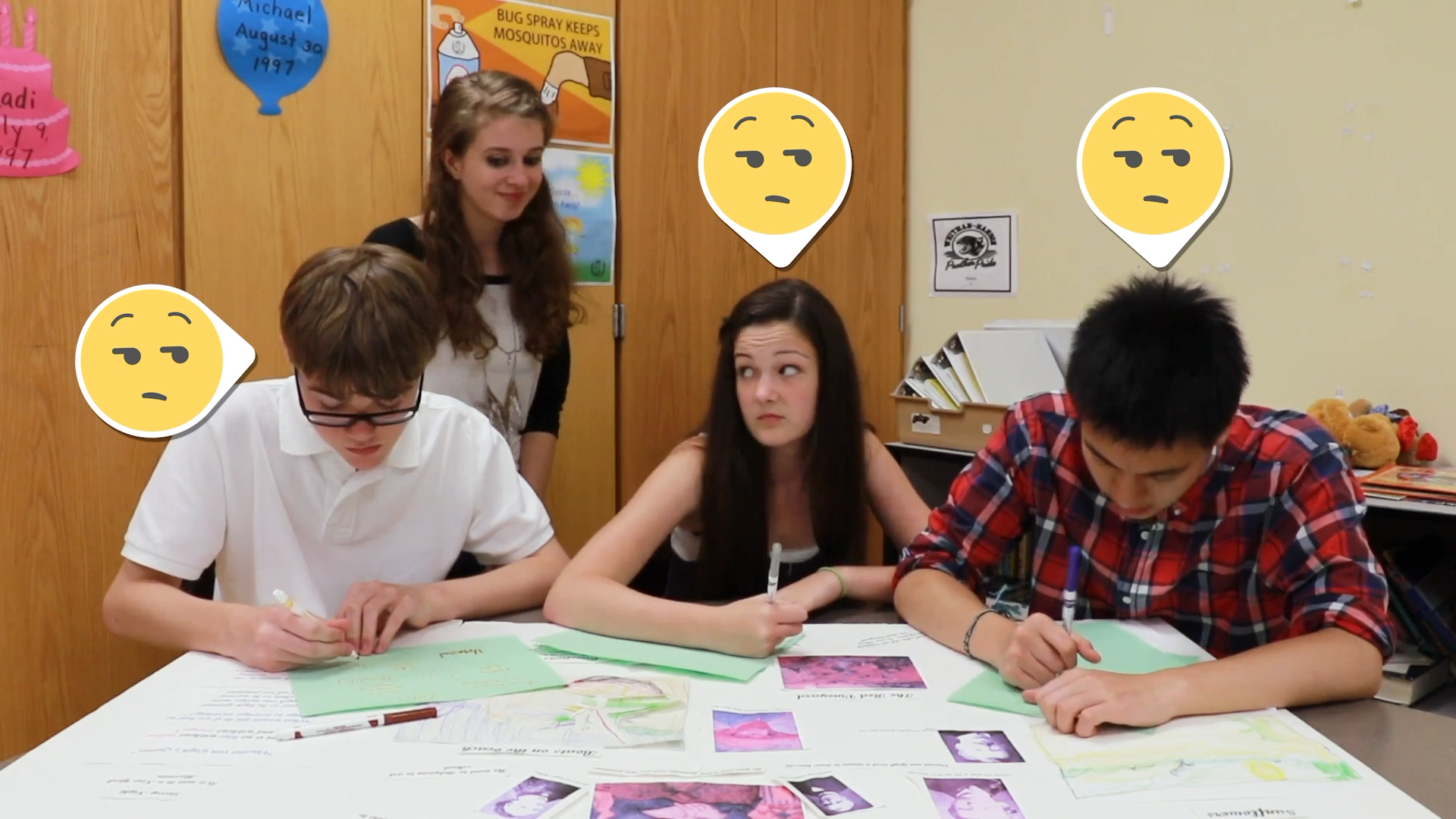
Introduction
As educators, we understand the importance of teaching our students not only academic skills but also social-emotional skills. One critical skill in social-emotional learning is the ability to Read the Room. This skill enables students to adapt their behavior according to the social context they are in. By teaching our students how to Read the Room, we empower them to become more aware of their surroundings and the needs of others, leading to more successful social interactions.
No-Prep Activity
A simple, yet effective activity that requires no preparation or materials is called “Social Scenarios”. To conduct this activity, divide your students into small groups. Ask each group to come up with a specific social scenario, such as a birthday party, a library, or a school assembly. Then, have the groups take turns acting out their scenarios in front of the class. As they do so, the audience should observe and identify the appropriate behaviors and social cues displayed by the actors. After each performance, facilitate a brief discussion on the behaviors observed and how they contributed to the success of the social interaction in that scenario. This activity allows students to practice Reading the Room in a safe and supportive environment.
Discussion Questions
- Why is it important to Read the Room before engaging in social interactions?
- What are some examples of situations where Reading the Room is particularly crucial?
- How can you use Reading the Room to better understand the needs and emotions of others?
- What are some challenges you might face when trying to Read the Room, and how can you overcome them?
- How can practicing Reading the Room contribute to the overall social-emotional well-being of both individuals and groups?
Related Skills
Teaching students to Read the Room is just one aspect of social-emotional learning. Other related skills include:
- Active listening: This skill involves fully concentrating on, understanding, and responding to what others are saying.
- Empathy: The ability to understand and share the feelings of others, which can lead to more compassionate and supportive interactions.
- Nonverbal communication: Recognizing and interpreting body language, facial expressions, and other nonverbal cues to better understand the emotions and intentions of others.
- Conflict resolution: Developing strategies to address and resolve disagreements or misunderstandings in a constructive manner.
Next Steps
To further support your students in developing their social-emotional learning skills, we encourage you to explore the resources available at Everyday Speech. By signing up for free samples, you’ll gain access to a variety of materials designed to help students practice and strengthen their social-emotional skills, including Reading the Room and others mentioned above. Don’t miss this opportunity to enhance your students’ social-emotional learning journey!

